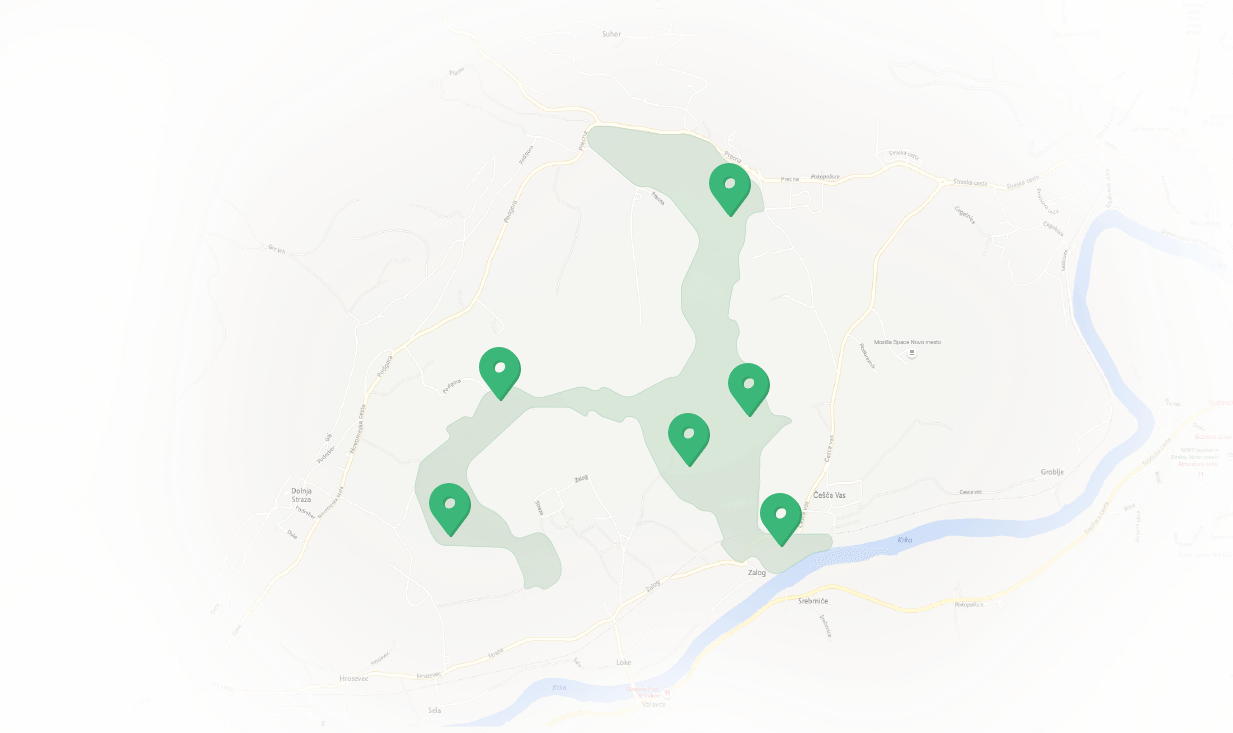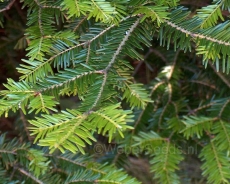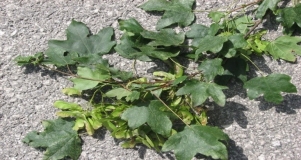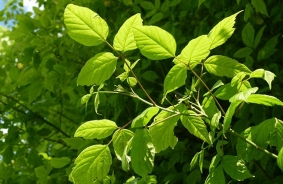Northern red oak Quercus rubra

Features
The species originated in North America and has spread throughout Europe primarily as an ornamental tree, elsewhere it is planted as a pioneer species in the restoration of degraded areas. His acorns are quite large, compact, suitable for decoration. The leaves turn orange-red in autumn, which gave it its name.
| Species | Trees (Macrofanerophytes) |
| Living space | Deciduous forest |
| Size | 10-25 m |
Description
Quercus rubra, commonly called red oak or northern red oak, is a medium sized, deciduous tree with a rounded to broad-spreading, often irregular crown. Typically grows at a moderate-to-fast rate to a height of 50-75' (often larger in the wild). Dark, lustrous green leaves (grayish-white beneath) with 7-11, toothed lobes which are sharply pointed at the tips. Leaves turn brownish-red in autumn. Insignificant flowers in separate male and female catkins appear in spring. Fruits are acorns (with flat, saucer-shaped cups) which mature in early fall. An abundant crop of acorns may not occur before this tree reaches 40 years old.
Features Temenica (3)
SPECIAL ogr.




